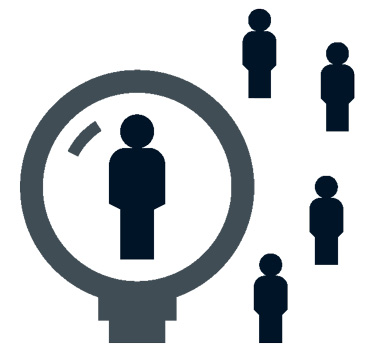Topic
Substance Abuse
√ NY Agencies
New York City Department of Health and Mental Hygiene (DOHMH)
New York City Department of Health and Mental Hygiene (DOHMH): The DOHMH is responsible for promoting and protecting the health of all New Yorkers. It oversees various programs and initiatives related to substance abuse prevention, treatment, and harm reduction. Mayor’s Management Report
The NYC Mayor's Office of Community Mental Health
New York City Department of Social Services/Human Resources Administration (DSS/HRA)
New York City Administration for Children's Services (ACS)
Office of the special Narcotics prosecutor for the city of New York
New York City Department of Correction
The New York City Department of Corrections and Community Supervision (DOCCS) offers several programs aimed at addressing substance abuse problems among inmates. Mayor’s Management Report
Office of Addiction Services and Supports (OASAS)
Substance Abuse and Mental Health Services Administration (SAMHSA)
√ Reports
Care, Community, Action: A Mental Health Plan for NYC
New York City Community Health Profiles
New York City Opioid Quarterly Reports (DOHMH)
New York State Opioid Annual Data Report
Binge and Heavy Drinking New York State Adults
NYC Youth Risk Behavior Survey
SAMHSA: National Survey Of Substance Abuse Treatment Services
SAMHSA: National Survey on Drug Use and Health
Drug Policy Alliance: Drug Facts
Continuing Crisis Drug Overdose Deaths in New York
Care, Community, Action: A Mental Health Plan for NYC
New York City Community Health Profiles
New York City Opioid Quarterly Reports (DOHMH)
New York State Opioid Annual Data Report
Binge and Heavy Drinking New York State Adults
NYC Youth Risk Behavior Survey
SAMHSA: National Survey Of Substance Abuse Treatment Services
SAMHSA: National Survey on Drug Use and Health
Drug Policy Alliance: Drug Facts
Continuing Crisis Drug Overdose Deaths in New York
√ Data sets
New York State Opioid Data Dashboard
The New York State Opioid Data Dashboard provides a comprehensive overview of opioid-related data, including overdose deaths, emergency department visits, treatment admissions, naloxone distribution, and more. The dashboard includes data specific to New York City, allowing for an in-depth analysis of the opioid crisis in the city.
Syndromic Surveillance System
Behavioral Risk Factor Surveillance System
National Survey on Drug Use and Health
OASAS: Addiction Data Bulletin
Substance Use Disorder Treatment System Dashboard
Key Substance Use Disorder Indicators by County
RAND: The Ecosystem Approach to Opioid Policy
The main contribution of this study is to identify opportunities at the intersections of the ecosystem’s components and highlight other cross-sector initiatives that could mitigate the harmful effects of opioids.
√ Data visualizations
Kaiser Family Foundation - Data Visualizations
Rockefeller: The Opioid Crisis in New York State
NYC Health Map
CDC: Nonfatal Overdose Dashboards
SAMHSA - DATA VISUALIZATIONS
SAMHSA: Behavioral Health Barometer New York
2022 Drug Trend Report: Time, Music, Clubbing, Age, and Diet
UNDOC: DRUGS AND AGE
√ STATISTICS
New York fatal drug overdoses
2022, NYC Health
Adults Who Report Excessive alchohol use
%
NYC Health
Black New Yorkers ages 55 to 84
Per 100,000, NYC Health
Drug Overdoses
In 2022, 3,026 New Yorkers died of a drug overdose, a 12% increase from 2021 (2,696 deaths), and the highest number since reporting began in 2000. Source: NYC Health
Fentanyl in overdoses
Highest Overdose Rates
Alcohol Abuse
One in 6 adults in NYS (16.7%) reported excessive alcohol use in the form of either binge or heavy drinking. Source: NYS Health
New York fatal drug overdoses
2022, NYC Health
Adults Who Report Excessive alchohol use
%
NYC Health
Black New Yorkers ages 55 to 84
Per 100,000, NYC Health
Drug Overdoses
In 2022, 3,026 New Yorkers died of a drug overdose, a 12% increase from 2021 (2,696 deaths), and the highest number since reporting began in 2000. Source: NYC Health
Fentanyl in overdoses
Highest Overdose Rates
Black New Yorkers ages 55 to 84 years had the highest rate of overdose (110.6 per 100,000 residents) compared with Black New Yorkers in other age groups and compared with Latino/a and White New Yorkers of any age. Source: NYC Health
Alcohol Abuse
One in 6 adults in NYS (16.7%) reported excessive alcohol use in the form of either binge or heavy drinking. Source: NYS Health
√ Census & American Community Survey

Demographic Data
Socioeconomic Data
Health Insurance Coverage
Housing and Homelessness
Disability Status

